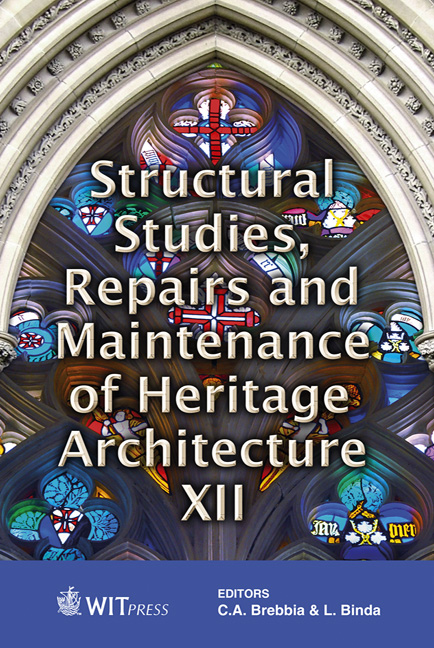Urban And Architectural Reuse Of The Former Chapingo Hacienda: Sustainable Criteria For The Conservation Of Built Heritage
Price
Free (open access)
Transaction
Volume
118
Pages
12
Page Range
173 - 184
Published
2011
Size
1,232 kb
Paper DOI
10.2495/STR110151
Copyright
WIT Press
Author(s)
F. J. Soria, F. H. Alfaro & C. A. Limones
Abstract
Nowadays there is no denying the existing affinity between the concepts aimed to preserve built heritage and the principles of environmental sustainability that seek the conservation of the natural surroundings. They are, in fact, fields that have a common goal: to maintain a legacy that we have inherited and we have the responsibility to safeguard for future generations, in the best conditions of authenticity and with the least possible alterations. It is in our nature, as human beings, to transform the surrounding environment in order to generate a new living space, driven by our material and spiritual needs, action that causes enormous changes in the natural environment, making it increasingly artificial. Therefore, nature and artifice (or culture) should not be considered extremes, more likely, they are two sides of the same coin, anchored in contemporary society which is caught in a permanent debate between heritage conservation and simultaneously achieving better levels of human development. The case of the former Chapingo hacienda, – currently the main campus of the Autonomous University of Chapingo (UACH) – is representative of how sustainability and heritage conservation can go hand in hand. On one side, the campus of the university is settled in an old hacienda built in colonial times, that was reused in the 1920s to accommodate the National College of Agriculture, which in the 85 years of life there, has accumulated an extraordinary built heritage, which includes buildings of the 18th, 19th and 20th centuries of great historical, aesthetic and symbolic value, that have an inadequate condition of conservation. On the other side, the natural elements on the site are in an accelerated process of destruction and loss caused by an uncontrollable urban
Keywords
built heritage reuse, environmental sustainability, heritage conservation, sustainable conservation, adaptive reuse




